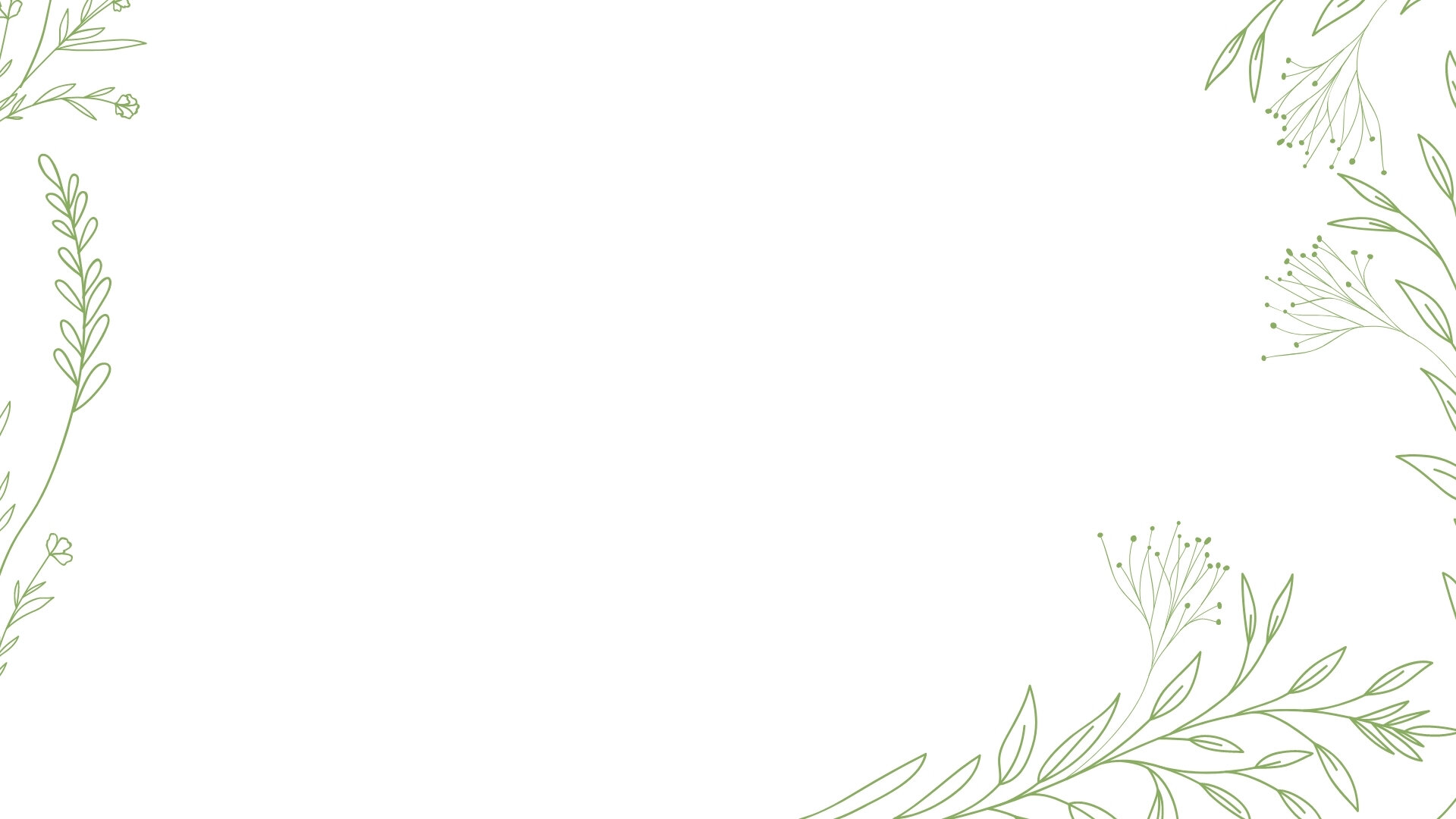Acupressure
Traditional Chinese Medicine Modality
History
推拿 Tui Na (pronounced twei-na) or Acupressure is a traditional Chinese medicine modality that originated in the Ming Dynasty (1368-1644 AD). "Tui" translated: "to push", and "Na" translated: "to grasp". The practitioner will incorporate different techniques with firm to deep pressure, along the targeted acupuncture meridians. Most of these techniques were inspired by Chinese martial arts.

Contraindications
Pregnancy
Open Wounds
Muscle/Tendon Ruptures and Tears
Contusion (Resulting from an impact injury that causes bleeding in the muscles)
Broken Bones
Bleeding Disorders (Haemophilia)
Thrombosis (Lethal blood clot in the vein of the calf area, if massaged it may dislodge and injure the Heart)

Actions & Benefits
Expel, Clear or Dissipate blockages due to Pathogenic factors or Qi stagnation
Promote the circulation of Qi and Blood
Harmonize Yin and Yang, Defensive Qi and Nutritive Qi
Release and relax the sinews (tissues that tie the muscles to the bones) and joints, to improve the range of motion in the affected meridians
Soothes Qi, Calms Shen (Mind)

If you have more specific questions, please contact us or book an online appointment below.
Disclaimer: This product information is not intended to replace or contradict the services of a qualified health specialist in the treatment of any ailment or disease. Any application of the information herein is at the reader’s discretion and the sole responsibility of the individual using herbal products.










